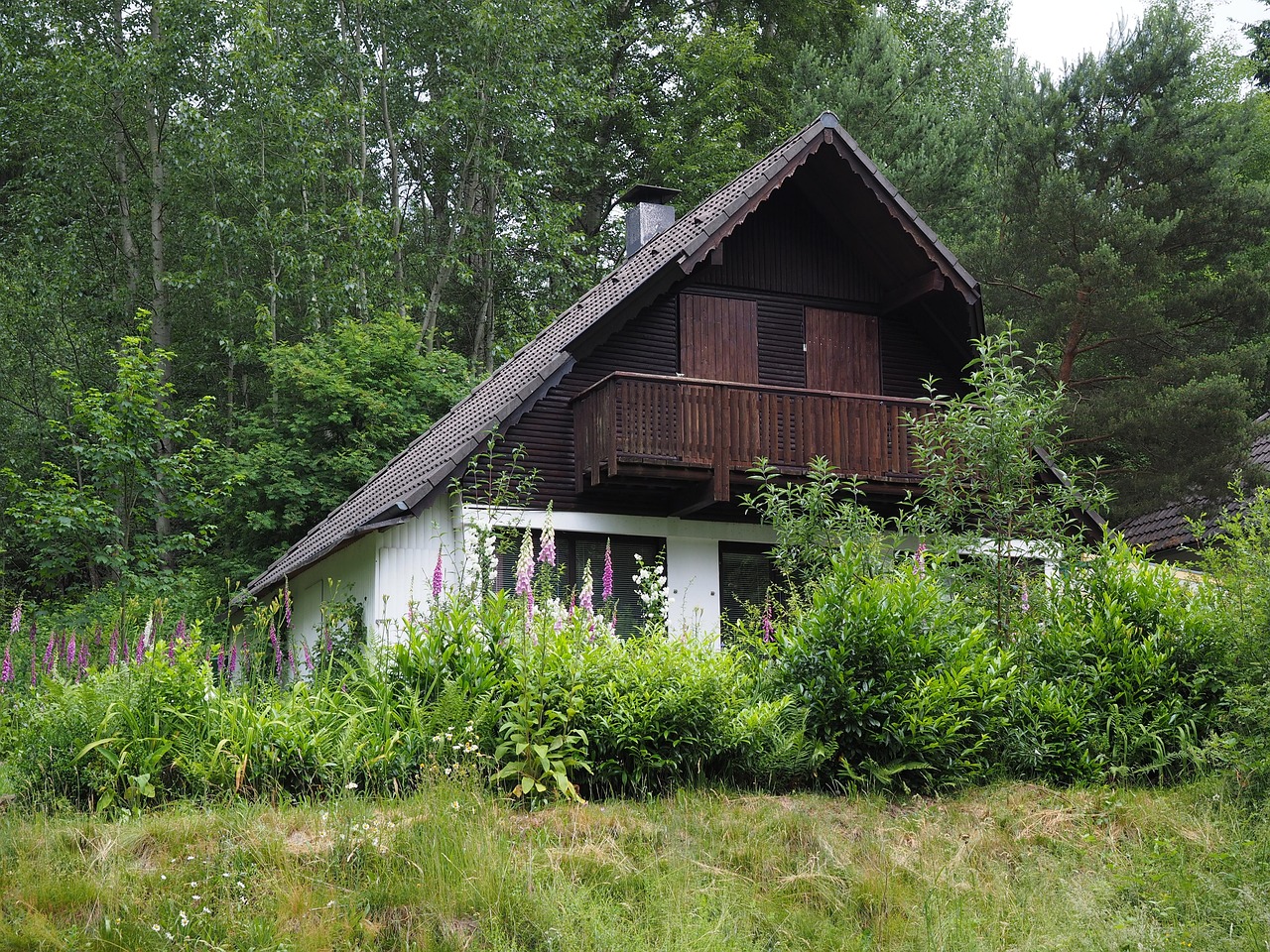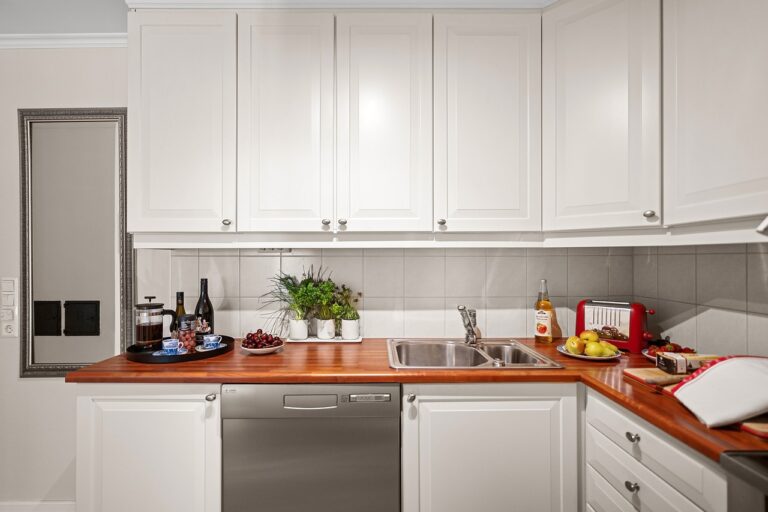The Impact of Natural Building Materials on Indoor Air Quality
Synthetic building materials, commonly found in modern construction, can pose potential health risks to occupants of buildings. Many of these materials contain volatile organic compounds (VOCs) that are released into the indoor air, leading to poor air quality. Long-term exposure to VOCs emitted by synthetic materials like paints, adhesives, and carpets can contribute to various health issues such as respiratory problems, headaches, and allergies. Additionally, some synthetic building materials may contain harmful chemicals like formaldehyde, which has been classified as a human carcinogen by the International Agency for Research on Cancer.
Furthermore, synthetic building materials can also trap moisture, leading to the growth of mold and mildew. These indoor pollutants can exacerbate respiratory conditions like asthma and allergies, particularly in individuals who are sensitive to mold spores. Additionally, the off-gassing of chemicals from synthetic materials can persist for years after construction, continuously exposing occupants to harmful substances. To mitigate these health risks, choosing natural building materials that are non-toxic and environmentally friendly can help create healthier indoor environments for building occupants.
Benefits of Using Natural Building Materials
Natural building materials offer a multitude of benefits that contribute to creating healthier indoor environments. By choosing materials like wood, straw, clay, and stone, individuals can reduce exposure to harmful toxins commonly found in synthetic materials like formaldehyde and VOCs. This can lead to improved indoor air quality and a reduced risk of respiratory issues or allergies for occupants of the building.
In addition to promoting better air quality, natural building materials also have a lower environmental impact compared to their synthetic counterparts. These materials are often biodegradable, renewable, and sourced sustainably, making them a more eco-friendly choice for construction projects. By opting for natural materials, individuals can minimize their carbon footprint and support a healthier planet for future generations.
Common Natural Building Materials for Improving Indoor Air Quality
When it comes to improving indoor air quality, natural building materials are a sustainable and effective choice. Materials such as clay, lime, and wood not only add aesthetic appeal to a space but also have properties that can help purify the air inside our homes. Clay, for example, is known for its ability to absorb moisture and regulate humidity levels, preventing mold growth and improving overall air quality.
Lime is another natural material that has been used for centuries in construction due to its breathable and antibacterial properties. By incorporating lime into building materials, indoor air quality can be enhanced as it inhibits the growth of harmful microorganisms. Additionally, using wood from sustainable sources not only reduces the carbon footprint of a building but also helps maintain a healthy indoor environment, as wood is a natural material that does not emit harmful gases or chemicals.
What are some potential health risks of synthetic building materials?
Synthetic building materials can release harmful chemicals known as volatile organic compounds (VOCs) which can contribute to poor indoor air quality and cause health issues such as respiratory problems and headaches.
What are the benefits of using natural building materials?
Natural building materials are non-toxic, sustainable, and often have natural anti-microbial properties. They can help improve indoor air quality, reduce exposure to harmful chemicals, and create a healthier living environment.
What are some common natural building materials for improving indoor air quality?
Some common natural building materials include clay, straw, wood, bamboo, cork, and natural fibers like wool and cotton. These materials are renewable, non-toxic, and can help regulate humidity levels in indoor spaces.
How can natural building materials help improve indoor air quality?
Natural building materials can help improve indoor air quality by reducing the presence of harmful chemicals and VOCs in the air. They can also regulate humidity levels, prevent mold growth, and create a healthier living environment for occupants.







